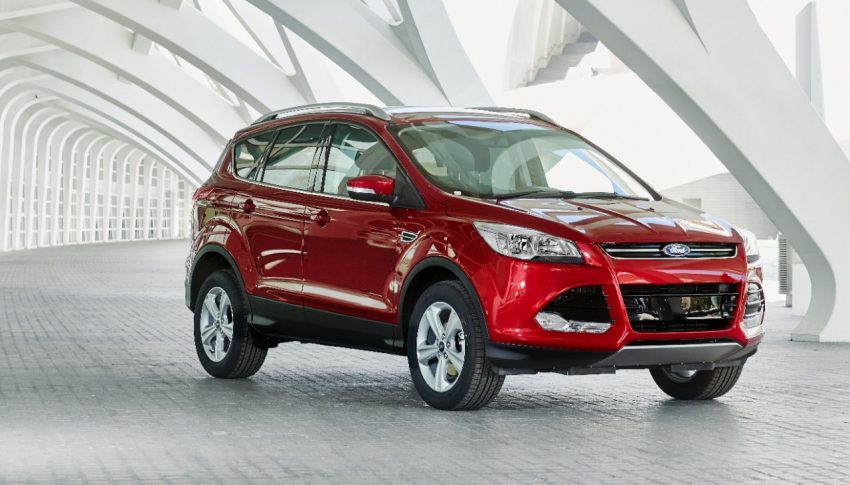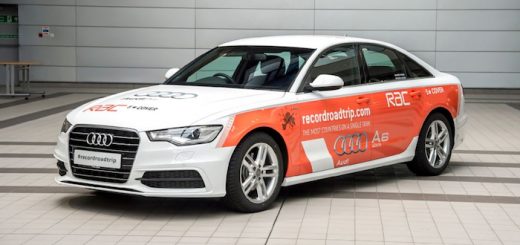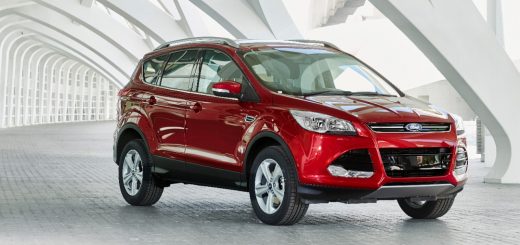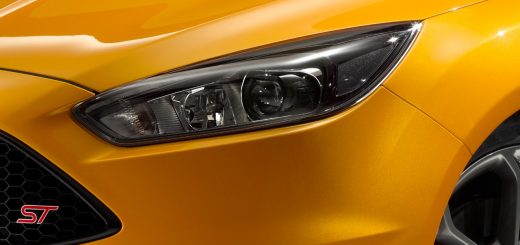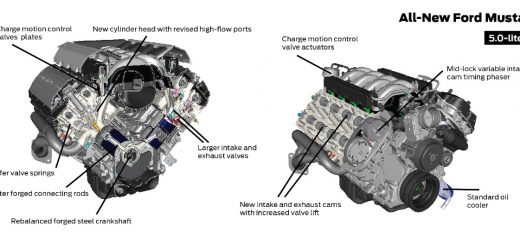For the 2015 model year, Ford is adding some color and updating the engine range of its European-market Kuga, making the compact crossover more powerful and more fuel efficient. The Kuga is sold in other global markets, such as North America, as the Ford Escape.
For starters, the 2015 Ford Kuga replaces Ford’s 1.6-liter EcoBoost petrol (gasoline) engine with the new 1.5-liter EcoBoost. This is the case for most European markets. Compared to the outgoing 1.6-liter EcoBoost inline-four engine, the 1.5-liter reduces CO2 emissions by seven percent to 143 g/km, from 154 g/km. The engine makes 110 horsepower (150 PS) when equipped with the manual transmission in front-wheel drive models, and 134 horsepower (182 PS) when equipped with an automatic transmission driving all four wheels.
Contributing the Kuga’s reduced emissions story is the fact that Ford will now offer a 120 PS (88 horsepower) version of its 2.0 liter TDCi diesel engine. The oil burner delivers 122 g/km CO2, an improvement of 12 percent.
On the opposite end of the spectrum is the inclusion of a revised version of Ford’s 2.0-liter TDCi/Duratorq turbo-diesel engine. For 2015 model year Kugas, Ford has increased the peak power of the turbo-diesel motor by 16 horsepower (17 PS) to 132 horsepower (180 PS), while peak torque is up to 400 Nm (295 pound-feet) from 340 Nm (250 pound-feet).
The revised 2.0L TDCi engine represents the most powerful diesel powertrain to be offered in the Kuga to date, with the motor delivering the most pulling power ever for the small crossover. That’s especially the case when the powerful oil burner is combined with Ford’s Intelligent All-Wheel Drive system, which is chosen by most customers.
| Engine | Transmission | Power (PS) | Power (HP) | CO2-combined* g/km | CO2 up/down over previous engine in % | CO2 up/down over previous engine in g/km |
|---|---|---|---|---|---|---|
| 1.5L EcoBoost | FWD Manual | 150 | 110 | 143 | 7.1% | 11 g/km |
| 1.5L EcoBoost | AWD Automatic | 182 | 134 | 171 | 4.5% | 8 g/km |
| 2.0L Duratorq TDCi | FWD Manual | 120 | 88 | 122 | 12.2% | 17 g/km |
| 2.0L Duratorq TDCi | FWD Manual | 150 | 110 | 122 | 12.2% | 17 g/km |
| 2.0L Duratorq TDCi | AWD Manual | 150 | 110 | 135 | 9.4% | 14 g/km |
| 2.0L Duratorq TDCi | AWD PowerShift | 150 | 110 | 140 | 11.9% | 19 g/km |
| 2.0L Duratorq TDCi | AWD Manual | 180 | 132 | 135 | 9.4% | 14 g/km |
| 2.0L Duratorq TDCi | AWD PowerShift | 180 | 132 | 140 | 11.9% | 19 g/km |
The declared fuel consumption and CO2 emissions are measured according to the technical requirements and specifications of the European Regulations (EC) 715/2007 and (EC) 692/2008 as last amended. Fuel consumption and CO2 emissions are specified for a vehicle variant and not for a single car. The applied standard test procedure enables comparison between different vehicle types and different manufacturers. In addition to the fuel efficiency of a car, driving behaviour as well as other non-technical factors play a role in determining a car’s fuel consumption and CO2 emissions. CO2 is the main greenhouse gas responsible for global warming. Results in MPG also correspond to this European drive cycle and are stated in imperial gallons. The results may differ from fuel economy figures in other regions of the world due to the different drive cycles and regulations used in those markets.

